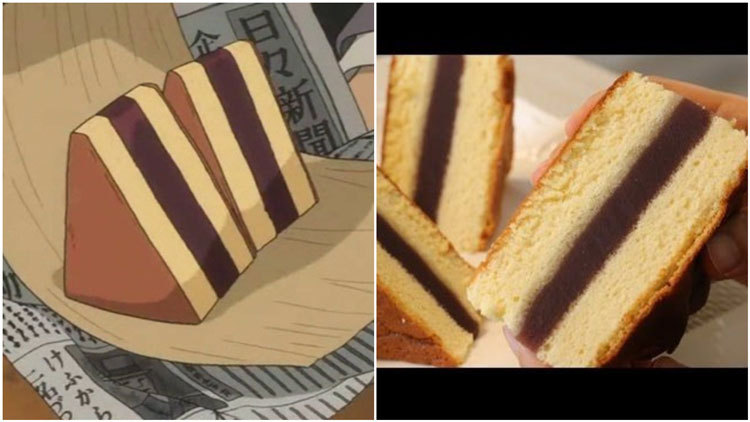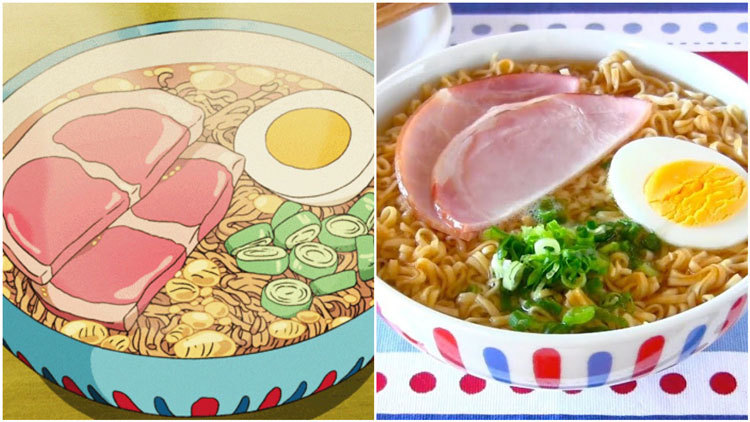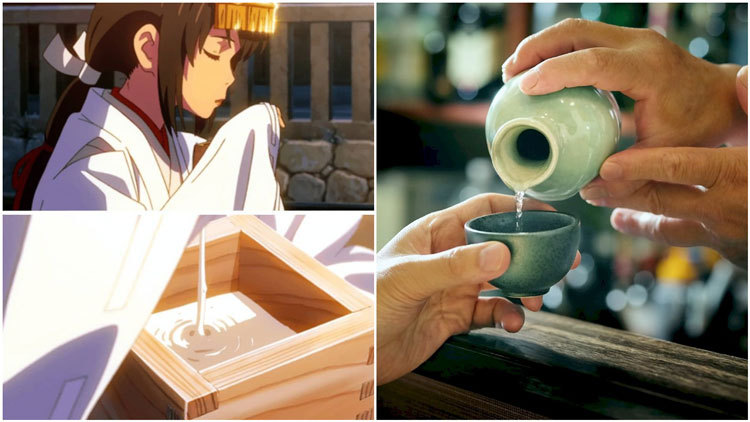Ever wondered what Ponyo’s favourite noodle dish tasted like? Ever thought what Pikachu was snacking on from Brock’s satchel? Ever wanted to try the variety of cute-looking dishes in Studio Ghibli’s animated masterpieces?
Well, you’re not alone… Food in anime has inspired numerous foodies to try their hands at preparing dishes that match the visual splendour of the cartoonish cuisine. With various degrees of success, this is a niche that is only set to boom, as creators such as Binging With Babish attempt to reproduce certain dishes for the entertainment of their hordes of fans worldwide.
Food in anime has successfully breached the imaginations of many who consume the prolific medium. With fans clamouring to discover the history, taste, and texture of their character’s favourite dishes – and we’re no exception.
Through our fervent love of the medium, we’ve found an equally fervent love of Japanese foods – watching our favourite anime films/TV shows and thinking “wow, that cake looks delicious. We need to try it”. And it seems that the two forms of consumption go hand in hand. As the vast pool of anime content offers up a slew of enticing dishes to keep your eyes fixed and your mouth watering.
Bringing us thus, to this very article – an in-depth look at some of the tastiest and most popular foods found throughout the world of anime. Detailing mains and snacks, drinks, and desserts; here are five foods that are often seen in anime.
Japanese Honey Cake / Castella Cake

Siberia/Castella Cake, otherwise known as Japanese Honey Cake, is a spongy, soft and endearingly sweet style treat that appears in many anime feats. As seen above in Hayao Miyasaki’s, The Wind Rises (2013), Castella is primarily made from flour, sugar, eggs, and mizuame – a sticky liquid Japanese sweetener that literally translates to “water candy”.
Although lacking any confectionery named “Castella” in Portugal, the cake historically originates from Portuguese merchants travelling to Japan in the 16th century, deriving from the term Pão de Castela or “bread from Castille”. Now a specialty of Nagasaki, Castella Cake is usually shaped like a soft block and served in long boxes. It is moist to the touch (due to the mizuame) and is categorised along with other traditional Japanese confections known as Wagashi.
Great with green tea and myriad in variety, Castella Cake is a sweet, sugary treat to get your culture buds roused and your taste buds tantalized.

Onigiri, otherwise known as Rice Balls, is a Japanese food made from white rice formed into triangular or cylindrical shapes and often wrapped in nori (seaweed). Traditionally filled with pickled ume (umeboshi – Japanese Plums), salted salmon, or any other salty or sour ingredient that works as a natural preservative.
Strewn incessantly throughout the anime world, Onigiri lingers on the tongues of many popular characters who have tried and tasted its delectability. While, in the real world, its cute shape and tasty innards make it a popular snack amongst anime fans and connoisseurs of Japanese food culture alike, making it a staple of Japanese restaurants worldwide.
To list the numerous anime that feature the traditional, and highly popular, Japanese Rice Ball would be an extensive waste of time, as the favoured dish is utilised in so many films and TV shows. So, I’ll make things a little easier by sticking with one of the most popular and well-known anime to date, Pokemon the Series (1997 – see Pikachu above; enjoying a wholesome munch on the scrumptious snack).

There’s no doubt that Studio Ghibli’s animation is as bedazzling as it is emotive, with films that explore worlds as relatable and yet transcendental as the characters they inhabit. Boasting a serene selection of awe-inspiring masterpieces that push the medium in ways unimaginable to most filmmakers – transcending thus, with their portrayal of food concurrently.
Ponyo (2008) is the eighth film directed by an acclaimed auteur, Hayao Miyasaki, and remains arguably his most vibrant and spiritual work. Detailing the life of young Ponyo, a goldfish who escapes from the ocean and is rescued by a five-year-old human – only to form an intimate bond with said human and, by way of magic, transform into a humanoid girl.
Her favourite food, and one that has become a staple of Ghibli’s succulent presentation of national dishes, is ramen. A simple, yet tantalisingly succulent bowl of soup with ramen noodles, accompanied by two slices of ham, a soft boiled egg, and a sprinkling of spring onions.
The droplets of oil make the dish even more delectable and as one of the most popular dishes throughout Japan (and those enamoured by Japanese food culture), it’s no wonder that Miyasaki’s Ponyo savours every last drop as if it were her last. With numerous varieties to try, this dish is by far a staple choice in anime food presentation.

Dango – the sweet, sticky, softball of mochiko (rice flour) often seen in anime as a sort of sickly treat for our favourite characters to gorge on. Generally served on a skewer and dripping with syrup, Dango is a popular sweet found throughout Japan and in places that relish in the culinary niche of Japanese food culture.
Similar in texture to the favoured, mochi, Dango is often served with green tea and comes in many different varieties – from Anko Dango (commonly made with sweetened red bean paste) to the more savoury, Mitarashi Dango, which boasts both a sweet and salty finish.
A great snack to get your blood sugar pumping, as is customary for our frantic samurai, Mugen from Shinichirō Watanabe’s beloved Samurai Champloo (2005).
Kuchikamizake

Makoto Shinkai’s Your Name (2016) is by and large one of the best and most prolific anime films of the 21st century. Depicting a gender-bending narrative that has its two lead characters, Taki Tachibana and Mitsuha Miyamizu, swapping bodies in a time-leaping, star-gazing adventure into love, life and the longing to be elsewhere other than your current circumstance.
Yet, besides the serene beauty of the heavenly colour palette, the transfixing time jumps and eclipsing the power of cosmological love, the most alluring and yet disgusting element of the movie is the concocting of the Kuchikamizake – a precursor to sake – which entails the participant to chew on cooked rice and spit the resulting liquid into a vial to begin the fermentation process.
As the catalyst to the lover’s final body-swapping moment, the Kuchikamizake has been an all-out curiosity of mine since seeing the movie. And as fans of all things sake, it’s one we’re intent on trying.

















































